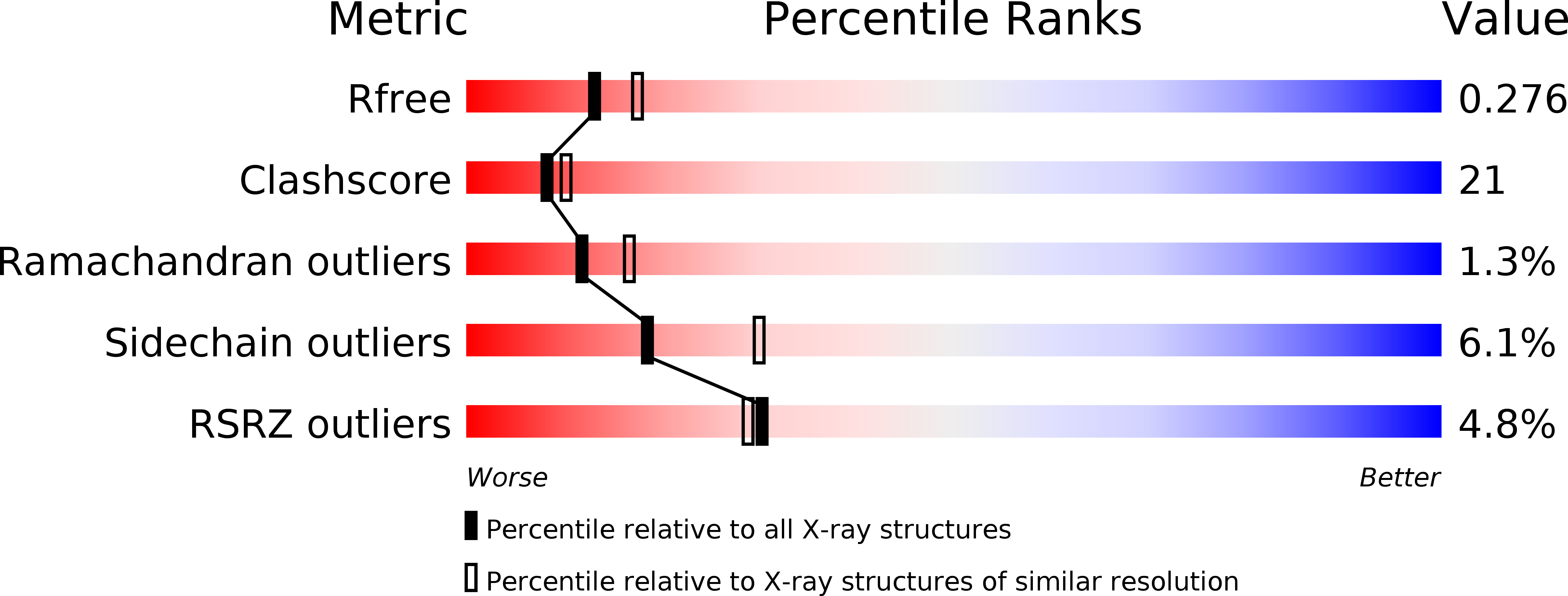
Deposition Date
2011-05-20
Release Date
2011-09-21
Last Version Date
2024-11-06
Entry Detail
Biological Source:
Source Organism:
Homo sapiens (Taxon ID: 9606)
Influenza A virus (Taxon ID: 83928)
Influenza A virus (Taxon ID: 83928)
Host Organism:
Method Details:
Experimental Method:
Resolution:
2.40 Å
R-Value Free:
0.28
R-Value Work:
0.25
Space Group:
P 1 21 1


